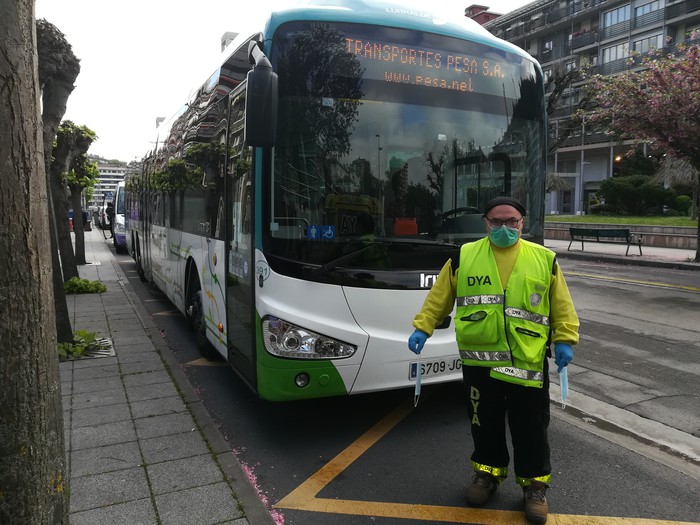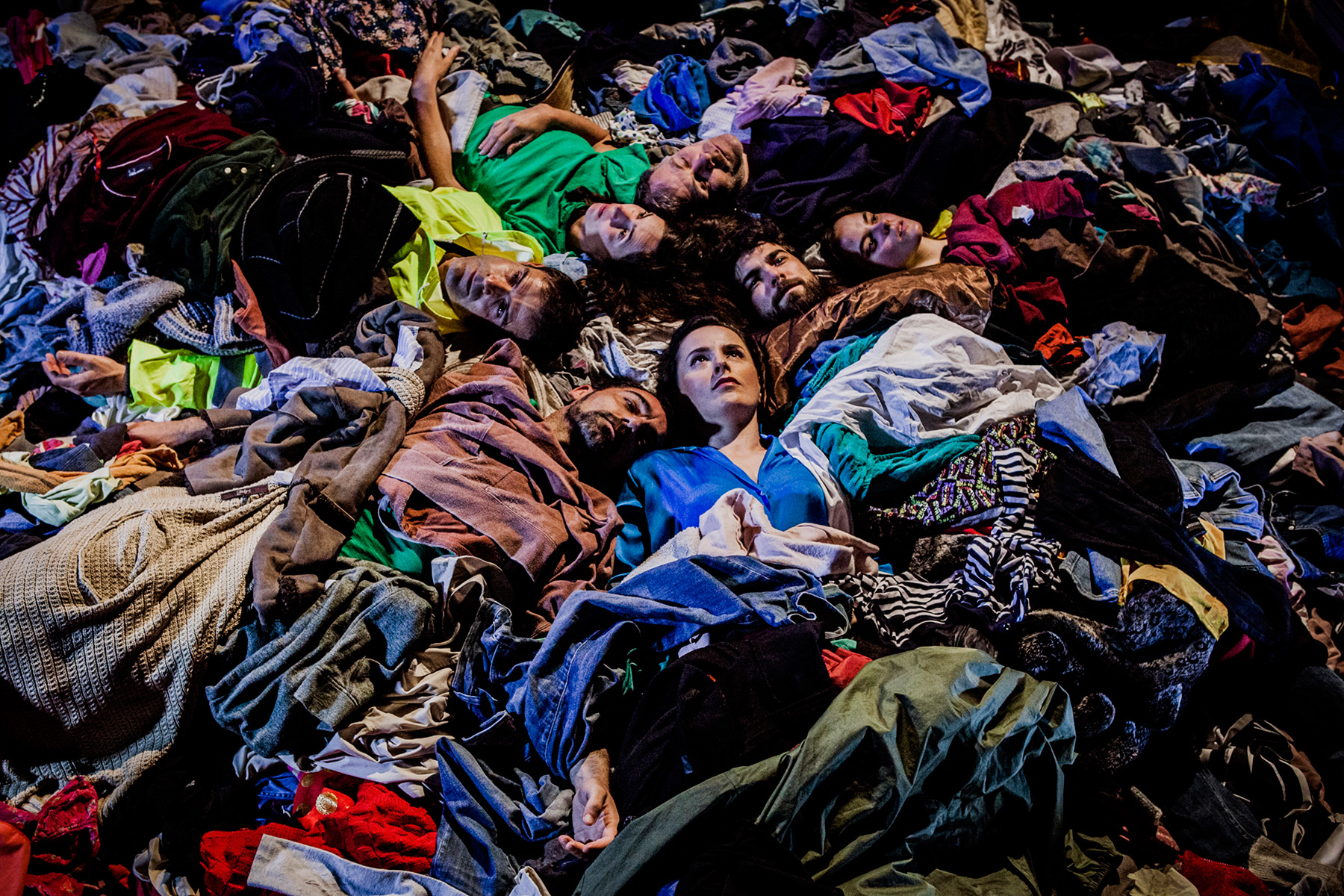COVID-19 Force Left This Image In Last Week in Western Europe
- The European Centre for Disease Prevention and Control (ECDC) weekly summarizes data on the spread of coronavirus in Western European countries. As a body of the European Union, it summarises information from EU countries and the European Environment Agency, including those from Great Britain. COVID-19 offers a photograph of speed and situation at all times.

On Thursday (10 September), the ECDC released a photo with data from the previous two weeks: how many new cases have accumulated in the previous 14 days in each region of Western Europe, calculating the case figures per 100,000 inhabitants. One in five shades of color is given to each region: blue if in the last two weeks you have not had a single case of COVID-19 and one in four shades of yellow to dark brown less than 20 cases per 100,000 inhabitants, between 20 and 59.9, between 60 and 119.9 or more than 120.
In Europe’s colored letters opened every Thursday by the ECDC, the evolution of COVID-19 in Western Europe can be seen from week to week and the reader can have a clue to the image of the European Union authorities as a reference in decision-making.
The map shown by the ECDC on 13 August looked like this:
.png)
As far as the Basques are concerned, 31 days ago we were in red brown those of Hegoalde (together with Aragon, Catalonia and Madrid) but Iparralde was below 20 cases of 100,000. But since then, the spread of the coronavirus has slowed down: The region of New Aquitaine, which covers the North, has become 50-119.9 cases (two-degree leap) and the South remains red, but it is still in France and especially in Spain, where the situation has narrowed greatly (the darkness has become widespread in almost all of Spain).
According to the ECDC broadcast on 10 September, Spain collects 263 positive per 100,000 inhabitants in 14 days and France 131 per 100,000 inhabitants. These are the only two countries in Western Europe that have exceeded the threshold of 100 cases per year.
The pandemic has revealed, in all its crudeness, the consequences of the neoliberal model of care for the elderly, children and the dependent population. Now is the time to consolidate the critical discourses and community alternatives that flourished during the lockdown.”... [+]






















